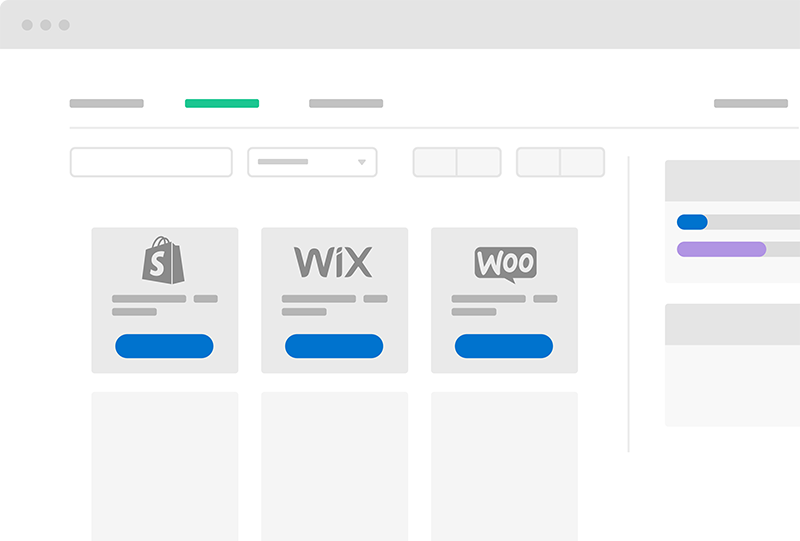If you run an eCommerce store, Terms and Conditions are absolutely vital: customers must be made aware of the business owner’s rules relating to return, withdrawal or cancellation policies.

Terms and Conditions (also known as Terms of Use or Terms of Service) allow you, the owner, to set the way in which your product, service or content may be used, in a legally binding way.
Everyone from bloggers to eCommerce, SaaS, and Enterprise businesses can benefit from setting Terms and Conditions, however, in some cases it can be mandatory. Terms and Conditions are relevant for avoiding misuse in general, but also specifically correlate to applicable law.
This brings us to eCommerce stores.
Not only are Terms and Conditions crucial for protecting you from potential liabilities, but – especially in cases of eCommerce stores – they often contain legally mandated information such as users’ rights, withdrawal or cancellation disclosures.
A valid Terms and Conditions document is generally required whenever complex issues are at stake, such as in the case of eCommerce, where sensitive information such as payment data is processed.
In these cases, the Terms and Conditions typically contains legal information related to conditions of sale and disclosures on methods of payment, shipping, delivery, withdrawals, and cancellation conditions etc. – as commonly required by consumer protection regulations.
Terms and Conditions are fundamental to mount an adequate and proper defense, should the need arise. To protect your online store in a preventative way, a good Terms and Conditions document should contain the following clauses:
The Online Dispute Resolution (ODR) is a free and multilingual platform provided by the European Commission to facilitate the friendly resolution of disputes between parties.
Note: UK businesses and UK consumers can no longer access the ODR platform after Brexit.
EU-based consumers who experienced issues with an online purchase can use the Online Dispute Resolution to file a complaint.
Consumers have 90 days to chat with the seller via the platform and reach an agreement. If the parts can’t reach a mutually satisfactory settlement, consumers have 30 days to contact a neutral and authorized ADR (Alternative Dispute Resolution) entity to resolve the case. Consumers can also decide to get in touch with a third party immediately.
The procedure takes place entirely online, and it can be particularly convenient in case of cross-border disputes.
European, Norwegian, Icelandic and Liechtenstein providers of B2C services (sale of goods/services) are required to inform visitors of the existence of this tool, including a link to the ODR platform and a valid email address. To facilitate exchanging messages on the platform, sellers can create a merchant profile.
In summary, you need to inform your visitors about the availability of this platform when:
🚀 With our Terms and Conditions Generator, you can add the ODR clause with one click (“Use Online Dispute Resolution for consumers in the EU and consumers based in Norway, Iceland, or Liechtenstein”) and fulfil the EU, Norway, Iceland, and Liechtenstein requirements.
Please note that it appears in the “Business model, payments and users’ rights” section, and that you will be able to activate/deactivate it once you have checked the ““Dispute resolution” for users” checkbox in the “DISPUTE RESOLUTION” section.
A proper Terms and Conditions document won’t do your business any good if no one sees it: here’s why the best idea is to add it a link to your site’s footer so that it is always visible and accessible.
In addition to the website’s footer, other advantageous locations to place Terms and Conditions links are signup and checkout forms.
The document below is an example of Terms and Conditions for eCommerce created with iubenda Terms and Conditions Generator. Click on the button to open it:
Terms and ConditionsOur Terms and Conditions Generator lets you easily generate and manage Terms and Conditions that are:
Our solution is powerful, precise, and capable of handling even the most complex, individual scenarios and customization needs.
See it in action:
It comes with:
Our Terms and Condition Generator is optimized for everything from eCommerce, blogs, and apps, to complex scenarios like marketplace and affiliate scenarios. Read more about it here or start generating your Terms and Conditions below.